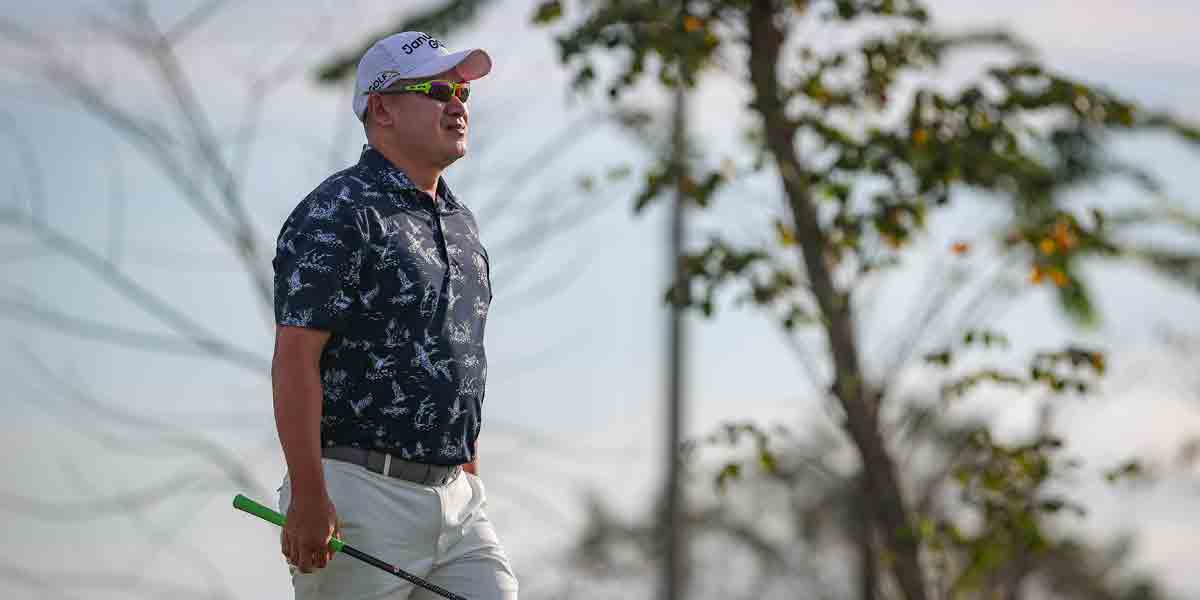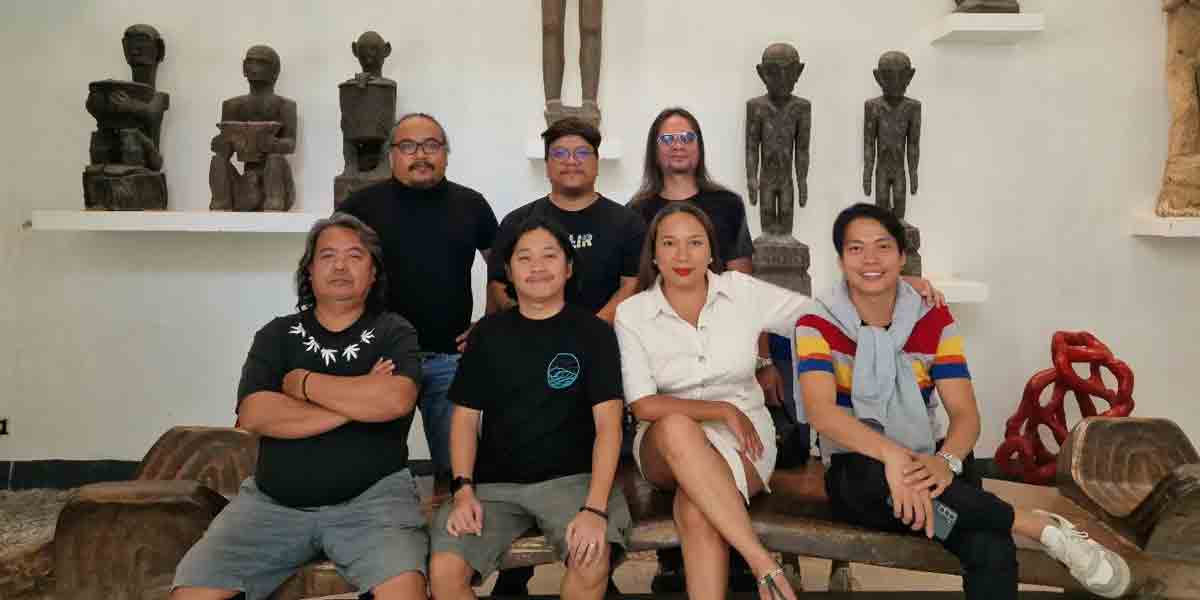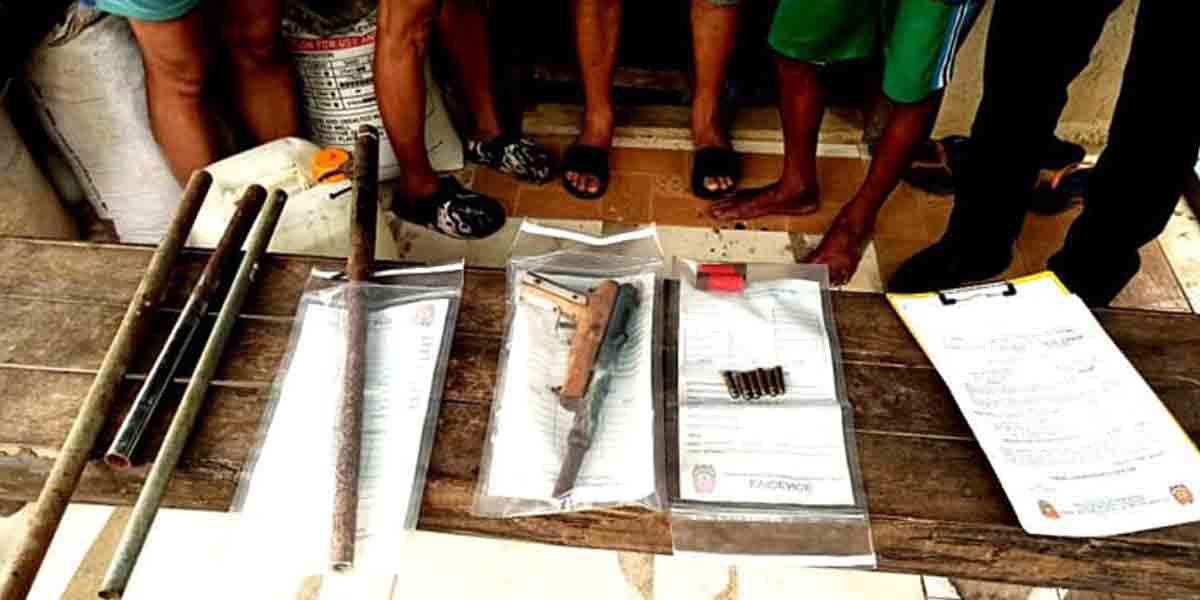By John Anthony S. Estolloso
THERE WAS the strumming of guitars that afternoon of May 28: an animatedly spirited performance yet also solemn and soulful, perhaps demanded by the structure and strictures of the instrument. Or simply because the audience was endeared by the delicate sounds of strings plucked and picked; braving the unpredictably inclement weather that day was the Ilonggo crowd of music lovers who flocked to hear the masterful music of the fresh guitar quartet that has been making an impression in Western Visayas.
Formed just last year, the PIMA Guitar Quartet was a revelation that afternoon. With the talents of Adrik Christobal, Iqui Vinculado, Monching Carpio, and Patrick Roxas, the audience was regaled with the full range of the guitar as a virtuoso instrument. There were no solo compositions to shed the limelight on any individual musician, yet the ensemble performed with nuanced coherence and robust musicality: a most commendable feat for a fledgling group and one on their first tour outside of the capital at that.
As the theme of the concert was the internationality of music, an eclectic selection of compositions especially arranged for a guitar quartet was served to admiring ears. Of course, this selection highlighted the wide spectrum and contemporaneity of Filipino music, spanning from classical beloveds to intricate arrangements of OPM songs.
Dolores Paterno’s ‘La Flor de Manila’, or its more homely title of Sampaguita, opened the programme with its habanera lilt. Brimming with dolorous tenderness, the old Hiligaynon cradlesong ‘Ili-ili Tulog Anay’ was paired with a lachrymose ‘Dandansoy’: in a dramatic sense, a lullaby segueing to a song of farewell does not bode too well – and that dramatic pathos was not lost to the appreciative audience. Concluding the classic montage was Manuel Velez’s ‘Sa Kabukiran’ on four guitars: rurality showcased through the polished arpeggios and cadenza-like passages.
Ryan Cayabyab’s music arranged solely for plucked strings was almost nostalgic as a series of performatives. There was musical history resurfaced in the playing, and while the cycle of Eraserheads’ songs played as a medley provided a tasteful juxtaposition of musical styles and content, the contrast does well to drive home the point of Filipino music as a mirror to the nation’s zeitgeist. How else are we to explain that timeless, tragic romance in the strumming of Mike Velarde’s ‘Minamahal Kita’?
Hailing from stage and silverscreen, the songs of the Gershwin brothers and the Rodgers-Hammerstein duo were quite recognizable enough for the audience to hum and sing along above the quartet’s playing. While Japanese film music might be an acquired taste, the guitarists made sure that the subtleties of the musical themes from Studio Ghibli’s ‘My Neighbor Totoro’ and Makoto Shinkai’s ‘Kimi no Na wa’ were felt by their listeners, even if that means making the instruments sound like a samisen in some segments.
The tango, of course, is quintessential to the repertoire of Argentinian guitar music, and nowhere else was this best exemplified than in the compositions of Ástor Piazzolla. The quartet performed an arrangement of his ‘Adiós Nonino’, combined with his relatively popular ‘Libertango’. Unaccompanied by dancing, the two pieces exemplified guitar music at its best: sultry while maintaining an elusive flair in the delivery of its frenetic phrases.
Stealing the spotlight would be a composition by Mr. Roxas. Simply entitled ‘For PIMA’, the piece was scintillatingly avant-garde and experimental though it did exude an exuberant boldness in exploring the capacities of the instrument. There were dissonant chords and atonal nuances, bits from indigenous music, and discreet riffs and rhythms from classical compositions. If this was but a taste of future original works from the quartet, then all the more that we encourage the composer to write more of these.
Altogether, it was a joy to be dazzled by the quartet’s musical virtuosity: the dancing fingers of all four picking the melody without missing the rhythmic patterns, the precise vibratos and arpeggios marking the lyrical phrasings, the sporadic drumming of the hollow bodies of the instruments, and even the meticulous tuning of the guitars – it was a joy to behold. One scarcely noticed that afternoon drifted into evening: the music mesmerized.
*****
At the onset of the encore, the rain started to fall outside the hall. The four guitars plaintively intoned the first notes of Ernani Cuenco’s ‘Gaano Ko Ikaw Kamahal?’ and poignantly, the familiar tune wafted through the audience, held in languid attention as the song’s melody and harmony rose from the quartet. The arrangement was quite simple and short yet deeply heartwarming and tender: in the coldness of that wet evening, the music warmed its listeners. And through the incessant pitter-patter of the torrential rain, the guitars continued to sing.
[The author is the subject area coordinator for Social Studies in one of the private schools of the city. The photos are from Martin Genodepa.]


























